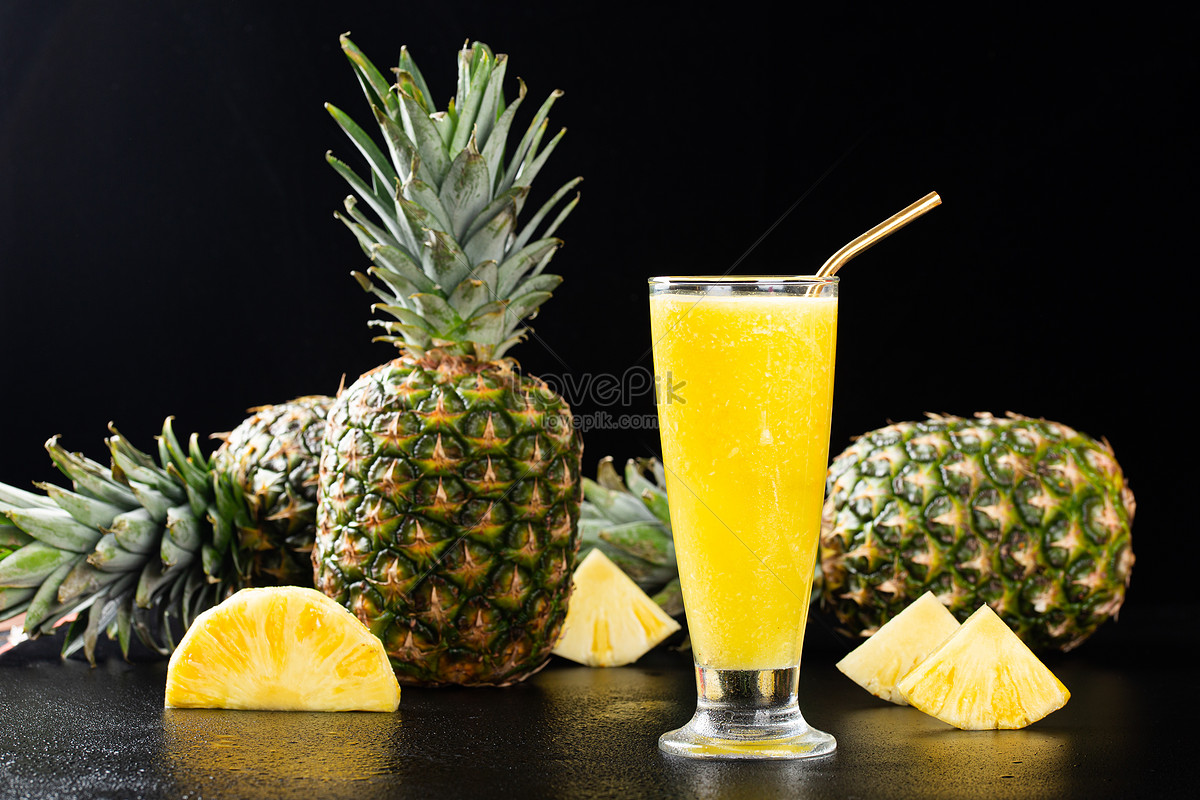10 Things You Didn’t Know About Pineapple: The Juicy Truth Unveiled

“In the sweetness of every fruit, we taste the goodness of God’s creation, His bounty made manifest in the simplest, yet most profound, of gifts.”
Pineapple—sweet, tangy, and refreshingly delicious. You’ve probably enjoyed it in smoothies, fruit salads, or even on pizza (controversial, I know), but there’s so much more to this tropical gem than meets the eye. Prepare yourself for some shocking, delightful, and downright juicy revelations about the fruit that may just change how you see pineapples forever.

1. Pineapples Were Once the Ultimate Luxury
Imagine walking into a party in the 1700s and seeing a pineapple. Believe it or not, that pineapple was the ultimate status symbol. In Europe, the fruit was so rare and expensive that owning or even renting one was a sign of extreme wealth. People didn’t even eat them; they were rented out as party centerpieces! That’s right, pineapples were more for showing off than for snacking.
2. Pineapples Don’t Grow on Trees
Surprised? Most people assume pineapples grow on trees like other tropical fruits, but the truth is, they grow from the ground! The plant is actually a type of bromeliad, and the fruit sprouts from the center of the plant on a thick stalk. It takes about 18 months for a single pineapple to grow to full size, making it one of the most patient fruits out there.
3. Pineapples Can Digest You
Here’s where it gets wild: Pineapples contain a powerful enzyme called bromelain, which breaks down protein. That’s why your tongue might tingle or feel sore after eating too much fresh pineapple. In essence, the pineapple is ever-so-slightly digesting you as you eat it! Don’t worry though, your stomach acids balance things out—no need to fear being eaten alive by fruit.
4. Pineapples Were Named After… Pine Cones?
When early European explorers encountered pineapples in the Americas, they named the fruit after its resemblance to pine cones. The word “pineapple” itself is a combination of “pine” and “apple” (because the fruit also tasted somewhat like an apple). Who knew this tropical treat had such a curious name origin?
5. Pineapple Can Speed Up Healing
Thanks to the bromelain enzyme mentioned earlier, pineapple has anti-inflammatory properties that help reduce swelling and speed up healing, particularly after surgeries or injuries. Some studies even suggest it helps with muscle soreness after workouts. So, next time you hit the gym hard, you might want to reach for some pineapple to recover faster.
6. It’s a Natural Meat Tenderizer
If you’re into grilling or cooking, you might want to try using pineapple in your marinades. That same bromelain that makes your tongue tingle also tenderizes meat by breaking down its proteins. It’s no wonder pineapple is a key ingredient in tropical dishes like Hawaiian BBQ and sweet-and-sour pork.
7. Pineapples Don’t Ripen After Being Picked
Unlike bananas or avocados, pineapples stop ripening the moment they are picked. This means what you see is what you get. If you buy a pineapple that’s too green, waiting for it to ripen on your counter won’t make it sweeter. Pro tip: pick a pineapple by its scent; if it smells sweet, it’s ready to enjoy.
8. Pineapple Skin Has a Secret Use
Ever thrown away the pineapple skin after cutting the fruit? Hold on! That prickly exterior can be used to make a refreshing drink called “tepache,” a fermented Mexican beverage. All you need is pineapple peel, brown sugar, and water to brew a light, fizzy, probiotic-rich drink. Next time, don’t toss those skins—turn them into something exciting!
9. The Pineapple “Eye” Trick
Ever noticed the rows of spiny eyes on a pineapple? There’s a clever hack to remove them easily. Pineapple eyes follow diagonal rows, and if you slice the fruit along these rows, you can get rid of them in one go. Not only does this make cutting a pineapple easier, but it’s oddly satisfying once you figure it out!
10. Pineapples Were the Symbol of Hospitality
In the 18th century, pineapples became the symbol of hospitality in the Americas, particularly in the Caribbean. Homes, hotels, and inns would display a pineapple to signal that visitors were welcome, and today, many décor items like doorknockers and statues still feature the iconic fruit. Pineapple imagery was meant to make guests feel special and appreciated.

The Sweet Aftertaste
From a luxury status symbol to a natural healing powerhouse, the humble pineapple is full of surprises. Who would have thought that a fruit we casually enjoy today once ruled the social scene, could tenderize your steaks, and even help your body heal? So, the next time you take a bite of this sweet, juicy fruit, remember—you’re enjoying a rich history and a whole lot of hidden benefits. Pineapples: not just delicious, but delightful in ways you never imagined!




